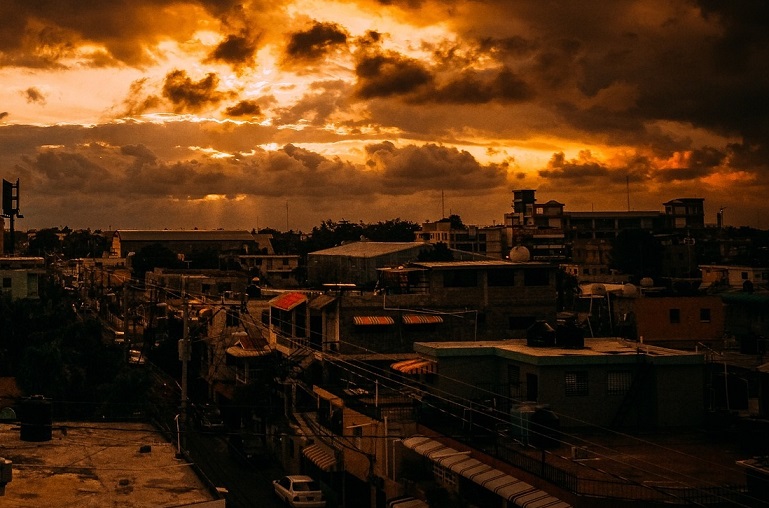The wave of criminal actions occurred in different territories of the national geography, leaving deaths and affectations in the population. Robberies, assaults, robberies with firearms, robberies in broad daylight and kidnappings have the Dominican Republic on edge.
 Edilberto F. Méndez
Edilberto F. Méndez
The situation has reached such a point that, according to the Asociación de Detallistas de Provisiones del Distrito Nacional, 30% of the owners of neighbourhood bodegas have been victims of robbery. The figure is frightening.
As a result, the authorities decided to chart a new course in tackling the scourge of crime.
The Strategy, loaded with actions, studies, proposals and a bit of everything, presented at the time as something well put together and sure to be effective, in practice is not the solution. The Minister of Interior and Police of the Dominican Republic, Jesús Vásquez, has already said that the government will take all necessary measures, but under no circumstances will it allow crime to control the country.
Many doubt this.
The My safe country (Mi País Seguro) anti-crime strategy began on 5 June last year in the Cristo Rey neighbourhood in Santo Domingo province, and a few months later was extended to La Zurza, Ensanche La Fe and La Puya, in Arroyo Hondo, also in the capital.
In February 2022, in Cristo Rey itself, crime was rampant in the area, and the forces of law and order were called into action. However, assaults, house burglaries, gagging of homeowners and sexual abuse continue today.
 The president of the Interior and Police Commission of the Chamber of Deputies, Edwin Mejía, said that “the government failed to implement a citizen security plan, placing only patches in areas where crime predominates”.
The president of the Interior and Police Commission of the Chamber of Deputies, Edwin Mejía, said that “the government failed to implement a citizen security plan, placing only patches in areas where crime predominates”.
He also said that the issue of security should be taken to Congress and the plans, announcements and resources made and invested by the government should be scrutinised because there are no results and a lot of money spent on activities and consultancies.
After more than a few incidents, which went as far as raids on buildings in large cities with security, the government decided to implement another set of actions to reduce crime.
Another strategy
Recently Dominican President Luis Abinader and police authorities unveiled a Quadrant Patrolling Strategy, accompanied by a Command and Control System that has been in operation since April, which gives an expanded picture of crime. Abinader has said that one of the most serious problems affecting crime is the amount of bail given by judges to suspects brought to justice.
“Eighty-five per cent of those who commit crimes are repeat offenders, who are subdued by the police and released by the justice system, by the judges. We must change the laws,” he added.
To carry out police reform, the country needs between 7,000 and 9,000 additional police officers on the streets, hence the need for new training sites for at least another 3,000 officers by 2023.
 What is certain is that 2022 began and will close with high levels of violence and insecurity.
What is certain is that 2022 began and will close with high levels of violence and insecurity.
As if that were not enough, December brought a harsh and questionable denunciation of the National Police by the executive commissioner of that body, José Vila.
Vila has denounced that there is internal, institutional and systemic corruption in the police force, directed from the General Directorate itself down to the last rank and file.
(Translated by Cristina Popa – Email: gcpopa83@gmail.com) – Photos: Pixabay












.jpg)












